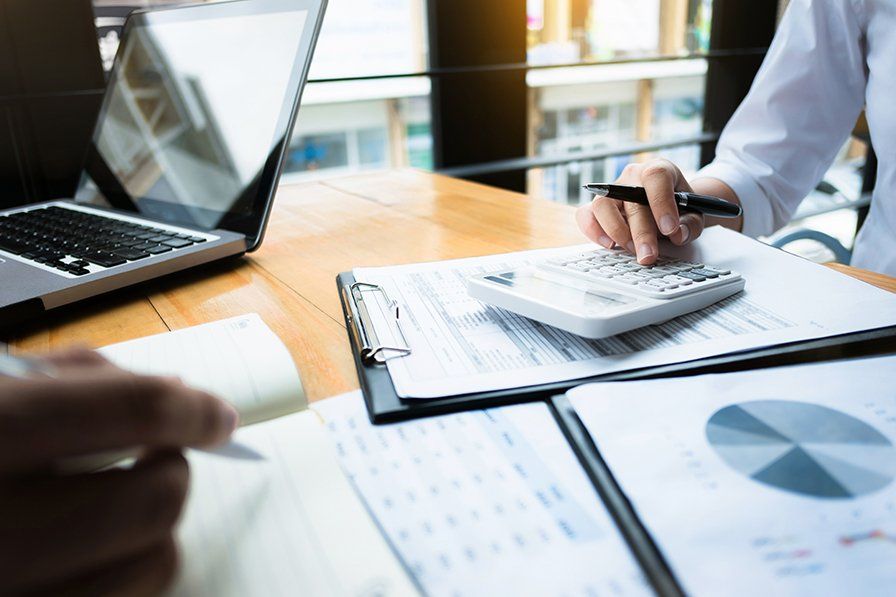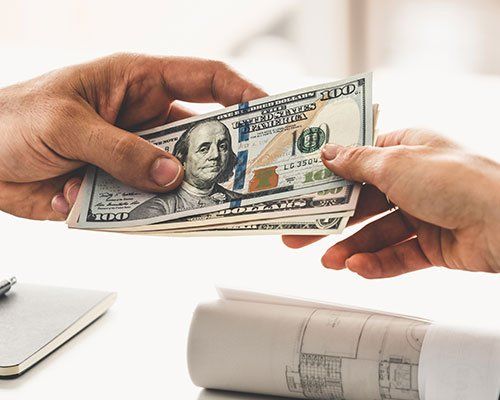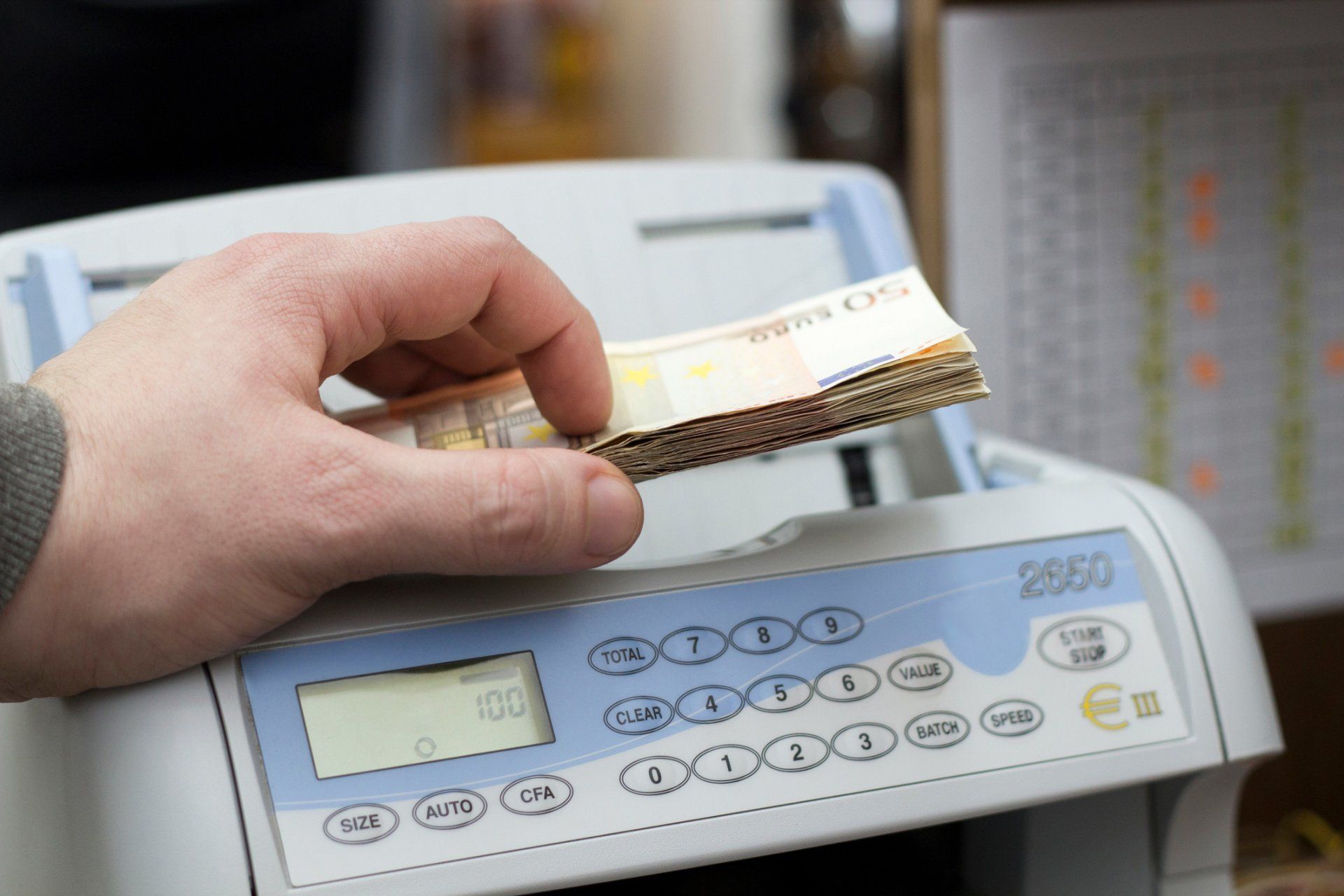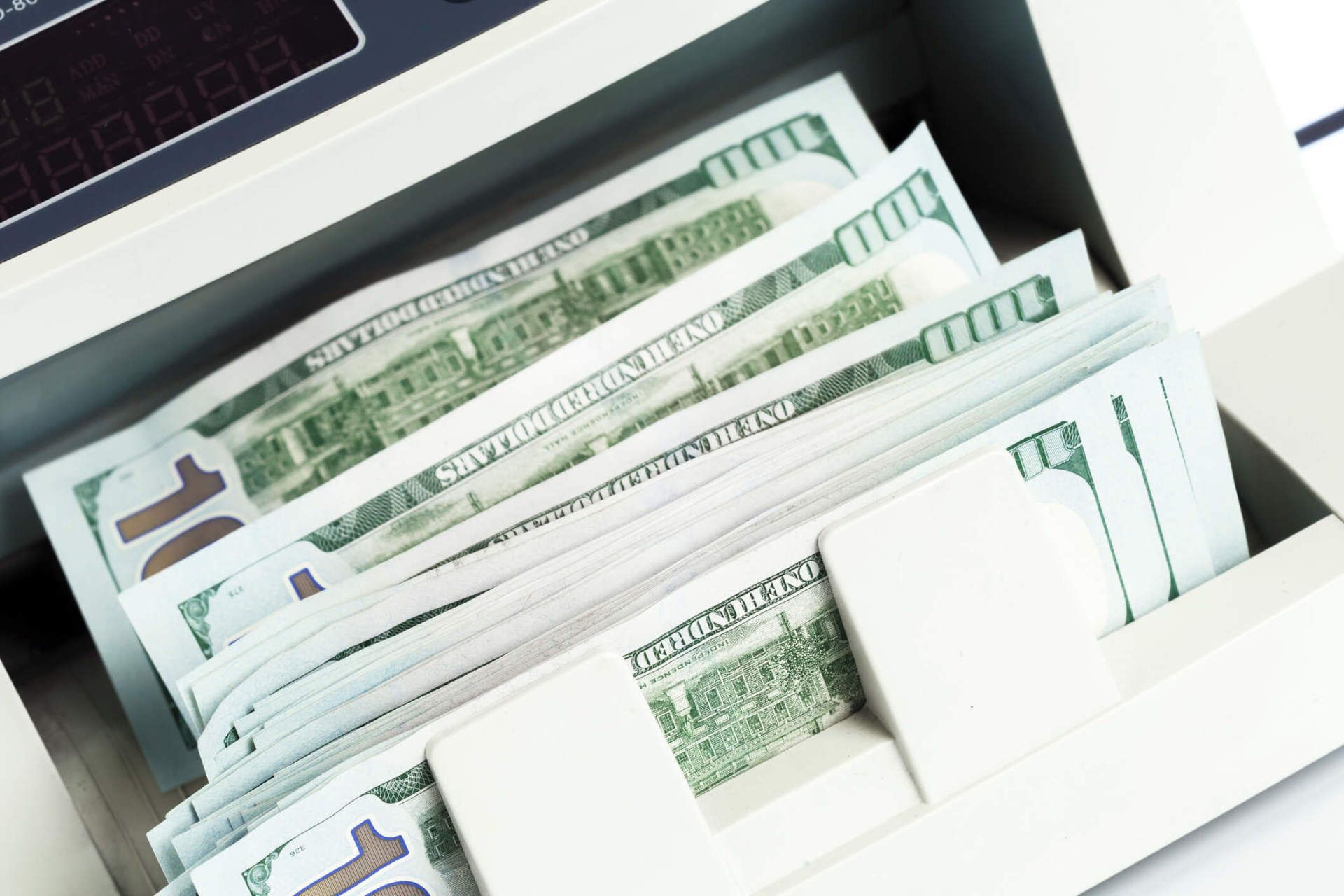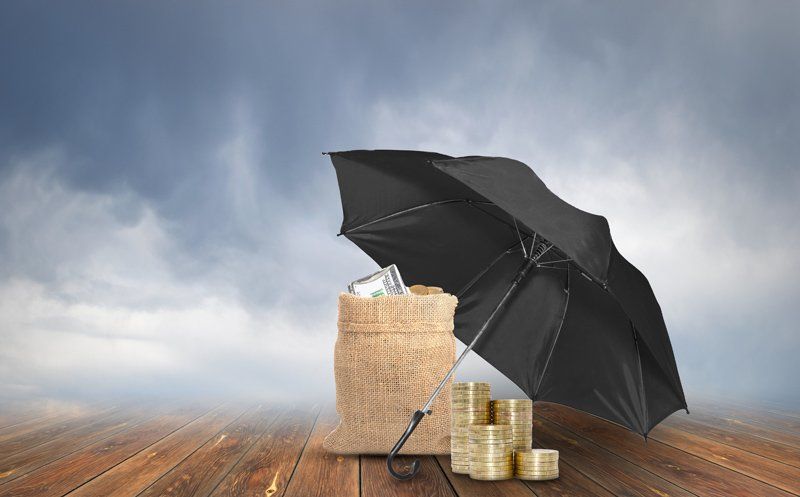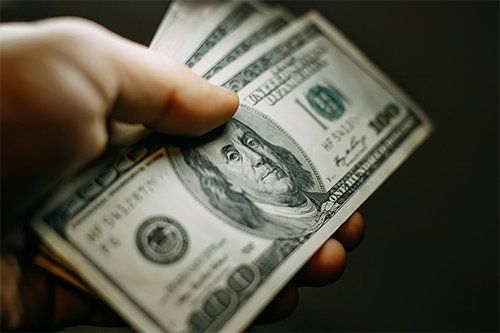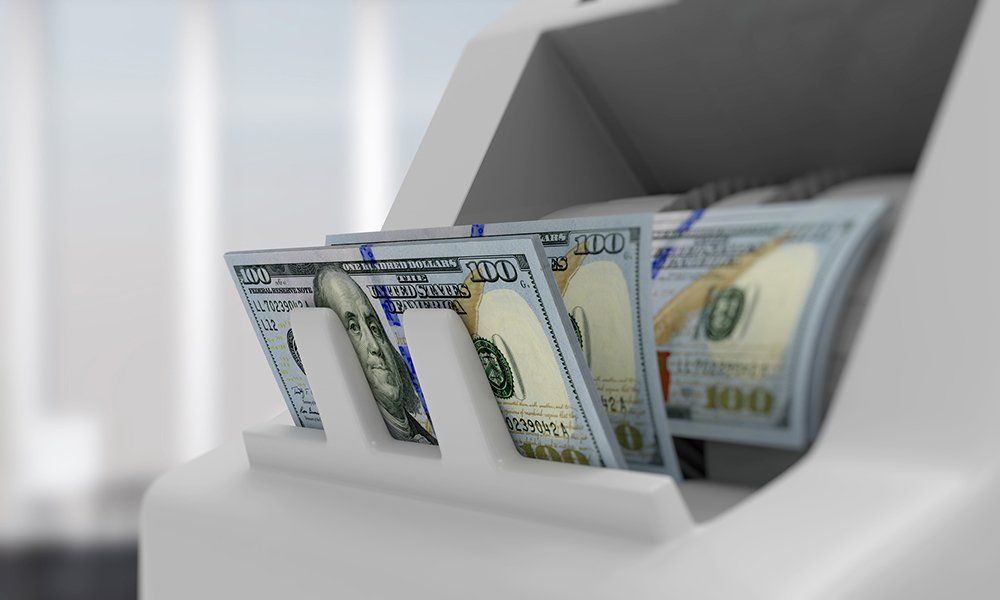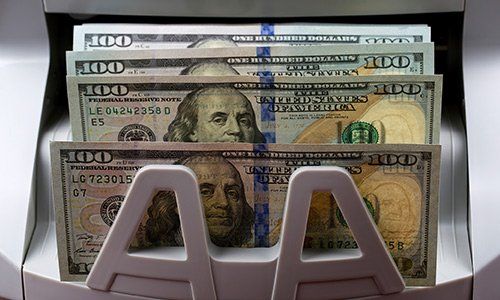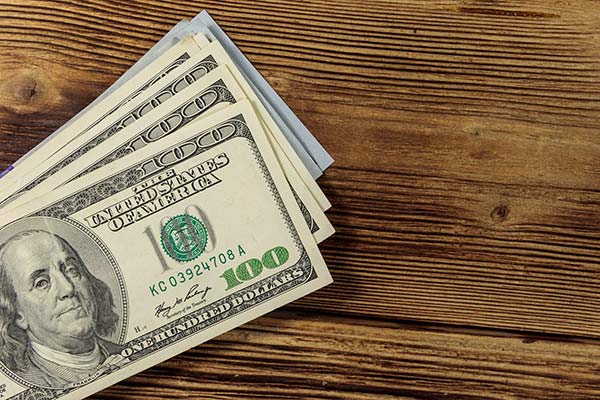SPOTTING COUNTERFEIT CASH CURRENCY BEFORE IT GOES INTO THE CURRENCY COUNTER
- By Admin
- •
- 13 Dec, 2017
- •

Counterfeit currency can be a problem. A little counterfeit currency isn't that much of an issue; many banks will simply confiscate the money and take your report. But because counterfeit money is not replaced by a bank (for obvious reasons), it does generate a loss for a business. So how can you avoid taking in counterfeit money?
KNOW WHAT YOU'RE LOOKING FOR
While $20 bills are the most likely bills to be counterfeit, though you do need to check all large bills. Counterfeited currency also tends to be older rather than newer, as older currency is easier to duplicate. Over time, as older bills are pulled out of circulation, this may change. Most counterfeit bills also won't look like new; money often comes from banks looking like new, but counterfeit dollars are intentionally aged to look worn and old.
Legitimate bills have a lot of noticeable characteristics:
- Clean printing. The printing on a bill has clear lines without any ink running or blurring.
- Color shifting ink. The ink that is used on the bill's denomination should shift color from copper to green in the light.
- Raised printing. When you touch the printing on a bill, you should be able to feel it as well as see it.
- Red and blue threads. The paper of the bill should include both red and blue threads dispersed inside of it.
Security threads. A small security strip should be running through the left side of the bill when you are looking at the portrait. Watermarks. A watermark should be visible in the paper of the bill when viewed with light shining through it.
Good counterfeits may include all or most of these things, which is why it becomes important to also complete additional tests.
GET A COUNTERFEIT DETECTION PEN
Those who are handling cash money should get into a habit of using a counterfeit detection pen on larger bills. Counterfeit detection pens have color changing ink that react directly with the chemicals that are used in real money. Though counterfeiters can often get currency to look right, they often cannot get the currency to be the exact right chemical makeup.
Because of this, a bill can look spot on but still fail to react correctly. Counterfeit detection pens are useful because they are fast to use; most people aren't going to have the time to look for watermarks every time they accept a bill, but they can squiggle on it quickly with a pen.
INVEST IN A COUNTING SYSTEM
Many counting systems are designed to be able to detect counterfeit bills as they count. Though this doesn't stop you from accidentally collecting counterfeit money, it does mean that you can streamline your banking process by reporting your counterfeit money immediately rather than running the risk that it could be detected by the banker.
It isn't a crime to possess counterfeit money if you didn't know it is counterfeit. You can safely hand the money into the bank after you've detected it. However, counterfeit money will get confiscated, leaving you with reduced profits.
Through a more streamlined system of identifying and dealing with cash money in general, you should be able to detect counterfeit money both before and after it is accepted by your business.
Though detecting counterfeits could increase the amount of processing you need to put your money through, you can still increase the overall efficiency of your system by purchasing a cash counter. The Banker Money Counting Systems are able to quickly and effectively count cash money so you don't need to. The added benefit of being able to detect counterfeit bills will help you in your business.
If you want your business or enterprise to successfully control and handle its cash, the solutions must begin with you. Start by doing these four things.

